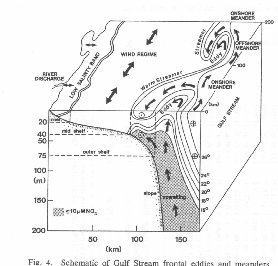
Figure 1. Gulf Stream frontal eddy and meander schematic from Lee et al.
Gulf Stream Frontal Eddies in the South Atlantic Bight
Project Team Member
LT Rachael Spollen, USN
Major Findings
Gulf Stream frontal eddies are cold cyclonic features that form on the westernmost boundary of the Gulf Stream current as a result of baroclinic instabilities. Originally thought to be sheared apart by topography off Cape Hatteras , this research has shown that these frontal eddies propagate well north of this expected eddy graveyard and continue along with the main Gulf Stream flow. Further research has shown that eddies appear in both large meander and small meander modes of the Gulf Stream.
Extensive research on Gulf Stream frontal eddies was conducted during the Frontal Eddy Dynamics (FRED) experiment conducted offshore North Cxarolins between Cape Fear and Cape Hatteras in May 1987. Data was gathered with moored current meters, AXBT’s, XBT’s, Argos tracked drifting buoys, ADCP and surface salinity measurements to characterize the eddy features. The focus of the study was on eddy "Abbott" — the feature providing the most significant data through the length of the experiment.
Frontal Eddy characteristics described during the FRED experiment follow:

References
Glenn, S.M., and C.C. Ebbesmeyer, 1994: "The structure and propagation of a Gulf Stream frontal eddy along the North Carolina shelf break." J. Geophys. Res., Vol. 99, 5029-5046.
Glenn, S.M., and C.C. Ebbesmeyer, 1994: "Observations of Gulf Stream frontal eddies in the vicinity of Cape Hatteras." J. Geophys. Res., Vol. 99. 5047-5055.
Lee, T.N., J.A. Yoder, and L.P. Atkinson, 1991: "Gulf Stream frontal
eddy influence on productivity of the southeastern U.S. Continental Shelf."
J.
Geophys. Res., Vol. 96. 22,191-22,205.
| This is a government-maintained internet site. Please read the U.S. Navy web page disclaimerand the dislaimer regarding external links. |